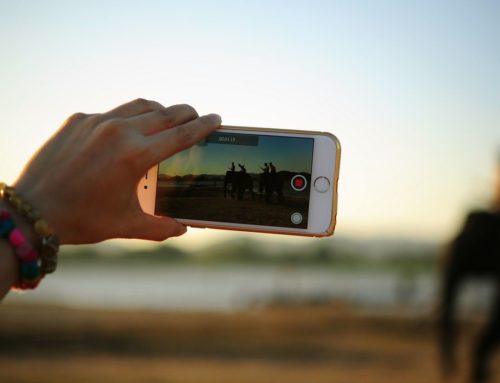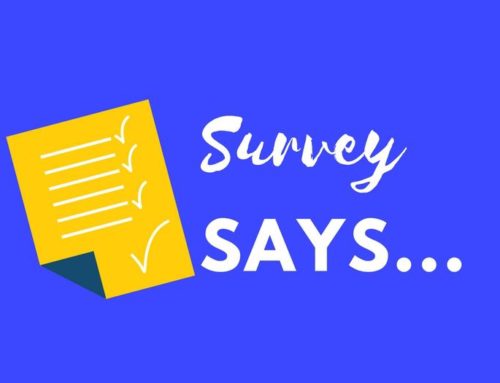11 Ways To Use Technology To Thank Your Donors
Donors are the lifeblood of your organization, making them feel appreciated is a good way to show gratitude and keep them donating.
Organizations use technology to engage donors, manage them in databases, and even accept their donation payments online. With a little creative thinking you can save staff time on this important step and increase the likelihood that donors will give again.
Such classic techniques as thank-you letters, phone calls, events and special gifts will never go out of style. Many of these translate surprisingly well to online or technology-enhanced techniques, providing both new ways to make donors feel appreciated and, in some cases, organizational savings.
Here are 11 ideas ranging from the simple to the high-tech to get started.
- Personalized Emails. Most organizations are already sending automatic emails to people who have donated online. A little creativity can increase the impact of those emails. Nonprofits with a small staff can pass around a list of donors and their email addresses and have a couple of different people send personal emails thanking them. Better yet, organizations that serve a certain populace, such as schoolchildren or artists, can line up a few of them to write personalized thank-yous that show people the power their gifts have to change lives. There’s no cost other than staff time.
eNewsletters. Many nonprofits have newsletters. It’s easy to turn them into enewsletters to email to donors, or to create a periodic enewsletter exclusively for donors offering short articles about special projects they’ve funded. Asking celebrities or experts to write a guest article or answer questions can give a newsletter a bit of appeal, and compelling stories and interviews can be of real interest to donors.
- Online Profiles. Organizations can use their newsletters, blogs or websites to profile donors on an ongoing basis. To appeal to the widest possible audience, they can profile “typical” donors — not necessarily the most generous or the ones who have been giving the most years running — as a powerful thank-you. A profile of someone who gives a small amount despite their limited income because a nonprofit’s mission is near and dear to them, or who has a great personal story as to why they support an organization, can inspire other donors to give more.
Online Gifts. Many nonprofits offer incentives such as T-shirts or coffee mugs to those who make a certain level of donation. What about online gifts of appreciation instead of, or in addition to, these real-world gifts? Offering donors access to a mission-related webinar provided by experts, or to an online Q&A with a “celebrity,” can be a rewarding thank you. Organizations can mine their networks for potential candidates — people are often grateful for the opportunity to contribute if given the chance. Other ideas include a mobile app related to the organization or mission, or an online game. As opposed to physical gifts, many online gifts cost nearly the same whether they’re given to one person or to hundreds of thousands.
Social Media Shout-Outs. It’s a good idea to thank people publicly, say in a list-wide email, because there’s a certain momentum to donations — they can gather speed along with mass — and because some people like the credit. But there’s a lot to be said for the perception of intimacy a personal contact can create, which is why the best campaigns incorporate both. Using multiple channels to give donors rolling shout-outs during an ongoing campaign can include Facebook, Twitter, email and a blog. For example, a “Donors of the Week” post on Facebook, or a thank-you can be tweeted every time someone gives more than a certain dollar amount, like bartenders ringing the bell for a big tip. Linking to donors’ own sites or blogs, if they have them, is another subtle means of thanking them.
- Highlight Early Donors. Approaching a set of major donors early in the campaign to seed a matching fund that would then be promoted to other prospects through emails and the website can work particularly well for corporate donors. It allows them to essentially “sponsor” the email and online fundraising campaign, and gives them publicity for their gifts.
- Website Leader Board. For friend-to-friend fundraising campaigns, in which supporters raise money from their own networks on behalf of an organization, it’s possible to create an online leader board where fundraisers “compete” good-naturedly against each other’s campaigns. These public rankings can be a powerful way to thank high performing teams and to incent others to do even more.
- Real Time Giving Updates. For live events where people are encouraged to give, with a little technical know-how, it’s easy to project the gifts onto a screen as they’re received. This can be as simple as typing the gifts into a document that’s projected from a laptop, to posting them in real time on Twitter and projecting the organization’s Twitter stream. Twitter also allows community members who aren’t there in person to vicariously experience the excitement — and be inspired to give online.
Videos and Photos. More and more organizations are harnessing the power of video to capture and convey emotion often lost in email, and with video capabilities now included in nearly every camera and phone, it’s never been easier. From a staff sing-along to a classroom full of children thanking donors for their gifts, the ideas are seemingly limitless. Videos can be fun, or they can be serious. It’s up to the nonprofit to set the tone. Photos can be used in a similar way, for example, as a slide-show set to music that shows constituents or events or the beneficiaries of funding. These can be posted on the website and sent to donors as links in their thank you emails.
- Interactive Thank You Pages. When donors click a button to donate online, they typically see a thank-you web page. Enhancing this page with something more compelling, like a Flash fireworks display or a thank-you video or slideshow, can provide a more exciting option. Since the donor’s name and information is already in the system, it’s possible to personalize the video, for example, by superimposing the donor’s name onto a “Thank You” sign held by a child served by the organization.
QR Codes. Growing in popularity, QR codes are the black-and-white graphics that look like bar codes that link people to a website when they scan them with their smartphone cameras. Including a QR code in a thank-you mailing or email is an innovative way to send donors to one of the web pages or videos discussed earlier. It also provides tech savvy donors an easy way to follow a link, and doesn’t require anything but the space in the letter.
This article was originally published in the August 2011 issue of The NonProfit Times.






